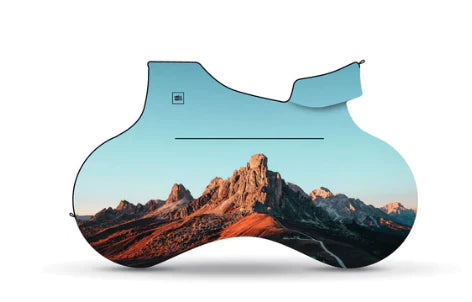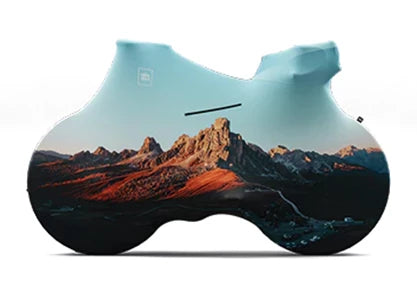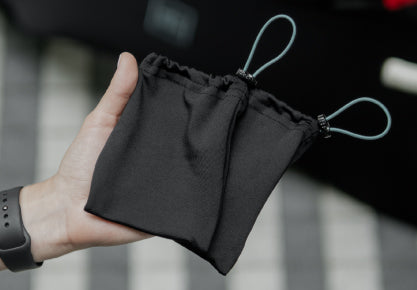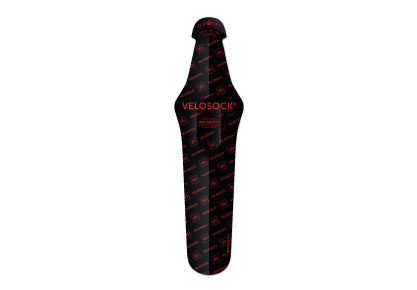Essential Bike Maintenance Tips for Spring and Summer Cycling

As the weather warms up and the days get longer, cyclists everywhere are gearing up for another season of outdoor riding. To ensure that your bike is ready for spring and summer cycling, it's important to give it a thorough maintenance check. A well-maintained bike not only performs better but also helps prevent accidents and prolongs the life of your investment. In this extensive blog post, we'll share essential bike maintenance tips and advice to keep your bike in top shape and ensure a smooth ride all season long.
1. Clean Your Bike Regularly
Regular cleaning is an essential aspect of bike maintenance. Dirt, grime, and debris can accumulate on your bike over time, causing wear and tear on its components. To clean your bike:
a) Use a soft brush or cloth to remove dirt and debris from the frame, wheels, and other components.
Regular cleaning is an essential aspect of bike maintenance. Dirt, grime, and debris can accumulate on your bike over time, causing wear and tear on its components. To clean your bike:
a) Use a soft brush or cloth to remove dirt and debris from the frame, wheels, and other components.
b) For stubborn grime, use a gentle bike-specific cleaner and a sponge or soft brush to gently scrub the affected areas.
c) Rinse your bike with water, ensuring not to spray water directly into the bearings or other sensitive areas.
d) Dry your bike thoroughly with a clean cloth and let it air-dry before storing.
2. Inspect and Inflate Tires
Proper tire pressure is crucial for optimal performance, safety, and longevity. Check your tire pressure regularly and inflate them to the recommended PSI (pounds per square inch) listed on the sidewall of the tire. Inspect your tires for signs of wear or damage, such as cuts, cracks, or bald patches, and replace them as needed.
3. Check and Adjust Brakes
Brakes are a critical safety component of your bike, so it's essential to ensure they're functioning correctly. To check and adjust your brakes:
a) Inspect the brake pads for wear – they should have at least 1/8 inch (3mm) of material remaining.

2. Inspect and Inflate Tires
Proper tire pressure is crucial for optimal performance, safety, and longevity. Check your tire pressure regularly and inflate them to the recommended PSI (pounds per square inch) listed on the sidewall of the tire. Inspect your tires for signs of wear or damage, such as cuts, cracks, or bald patches, and replace them as needed.
3. Check and Adjust Brakes
Brakes are a critical safety component of your bike, so it's essential to ensure they're functioning correctly. To check and adjust your brakes:
a) Inspect the brake pads for wear – they should have at least 1/8 inch (3mm) of material remaining.
b) Ensure the brake pads are properly aligned with the rim and not rubbing against the tire or spokes.
c) Test the brake levers for smooth and consistent operation. Adjust the cable tension as needed to achieve the desired level of braking power.
d) If you have disc brakes, inspect the rotors for damage or warping and replace them if necessary.
4. Lubricate the Chain and Drivetrain
Lubricating your chain and drivetrain components is essential for smooth, efficient pedaling and prolonging the life of your bike. To lubricate your chain:
a) Use a bike-specific chain cleaner and degreaser to remove dirt and grime.
4. Lubricate the Chain and Drivetrain
Lubricating your chain and drivetrain components is essential for smooth, efficient pedaling and prolonging the life of your bike. To lubricate your chain:
a) Use a bike-specific chain cleaner and degreaser to remove dirt and grime.
b) Rinse the chain with water and let it dry completely.
c) Apply a high-quality chain lubricant, ensuring that it penetrates the rollers and pins of the chain.
d) Wipe off any excess lubricant with a clean cloth, as it can attract dirt.
5. Inspect and Adjust Gears
Ensure your gears are shifting smoothly and accurately by checking the derailleur alignment, cable tension, and limit screws. Make any necessary adjustments to achieve precise shifting and prevent chain drop or damage to the drivetrain.
6. Check and Tighten Bolts
Loose bolts can lead to poor performance, component damage, or accidents. Use a torque wrench to check and tighten all bolts on your bike, including those on the stem, handlebars, seat post, and crankset. Be sure to follow the manufacturer's recommended torque settings.
7. Inspect and Adjust the Wheelset
A well-maintained wheelset is essential for a smooth and comfortable ride. Check your wheels for trueness by spinning them and observing any wobbling or side-to-side movement. If your wheels are out of true, use a spoke wrench to make minor adjustments or consult a professional bike mechanic for assistance. Additionally, check the hubs for smooth operation and proper bearing tension. Adjust or service them as needed.
8. Check Your Suspension
If your bike has a suspension system, inspect the fork and rear shock for signs of wear, damage, or leakage. Follow the manufacturer's guidelines for routine maintenance, which may include cleaning and lubricating the seals, adjusting air pressure, or replacing the suspension fluid.
9. Replace Worn or Damaged Components
Regularly inspect your bike's components for signs of wear or damage, such as frayed cables, worn brake pads, or damaged tires. Replace any worn or damaged parts as needed to maintain optimal performance and safety.
10. Test Ride and Make Final Adjustments
After completing your bike maintenance, take it for a test ride to ensure everything is functioning correctly. Make any final adjustments to the brakes, gears, or other components as needed to ensure a smooth, comfortable, and safe ride.

5. Inspect and Adjust Gears
Ensure your gears are shifting smoothly and accurately by checking the derailleur alignment, cable tension, and limit screws. Make any necessary adjustments to achieve precise shifting and prevent chain drop or damage to the drivetrain.
6. Check and Tighten Bolts
Loose bolts can lead to poor performance, component damage, or accidents. Use a torque wrench to check and tighten all bolts on your bike, including those on the stem, handlebars, seat post, and crankset. Be sure to follow the manufacturer's recommended torque settings.
7. Inspect and Adjust the Wheelset
A well-maintained wheelset is essential for a smooth and comfortable ride. Check your wheels for trueness by spinning them and observing any wobbling or side-to-side movement. If your wheels are out of true, use a spoke wrench to make minor adjustments or consult a professional bike mechanic for assistance. Additionally, check the hubs for smooth operation and proper bearing tension. Adjust or service them as needed.

8. Check Your Suspension
If your bike has a suspension system, inspect the fork and rear shock for signs of wear, damage, or leakage. Follow the manufacturer's guidelines for routine maintenance, which may include cleaning and lubricating the seals, adjusting air pressure, or replacing the suspension fluid.
9. Replace Worn or Damaged Components
Regularly inspect your bike's components for signs of wear or damage, such as frayed cables, worn brake pads, or damaged tires. Replace any worn or damaged parts as needed to maintain optimal performance and safety.
10. Test Ride and Make Final Adjustments
After completing your bike maintenance, take it for a test ride to ensure everything is functioning correctly. Make any final adjustments to the brakes, gears, or other components as needed to ensure a smooth, comfortable, and safe ride.

Conclusion: Regular bike maintenance is essential for enjoying a trouble-free cycling experience during the spring and summer months. By following these actionable tips, you can keep your bike in top shape, prevent costly repairs, and prolong the life of your investment. Remember to always consult your bike's owner's manual for specific maintenance guidelines and, when in doubt, seek the assistance of a professional bike mechanic. Now, with your bike ready for action, it's time to hit the road or trail and enjoy the beautiful weather and endless cycling adventures that await you!





























Leave a comment